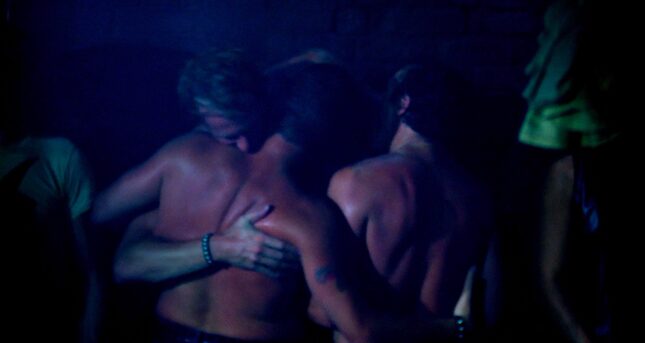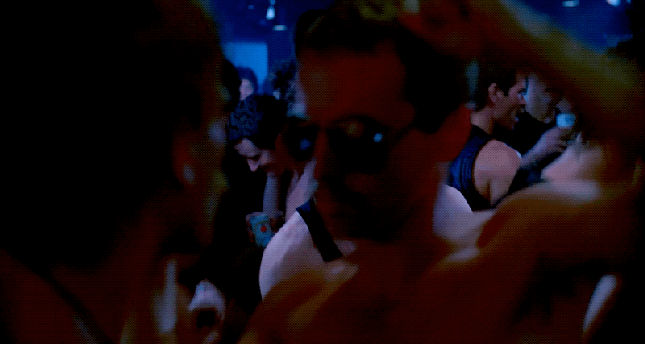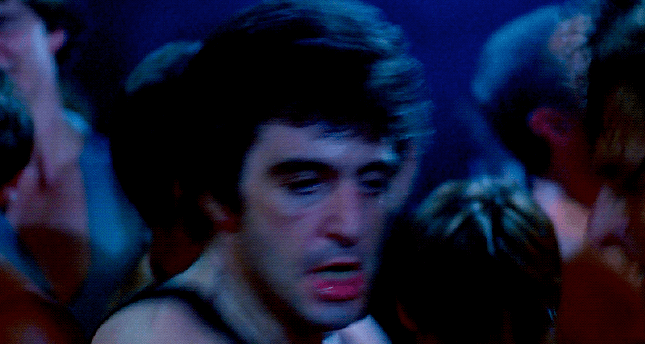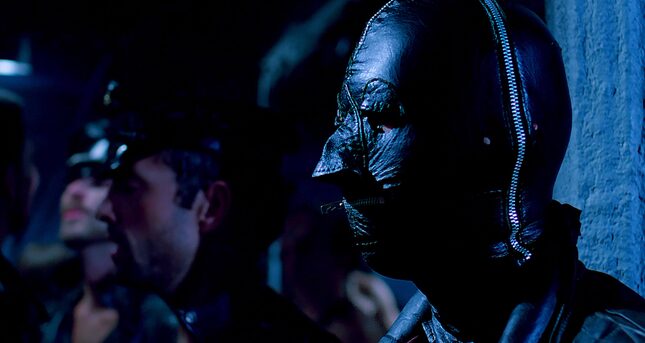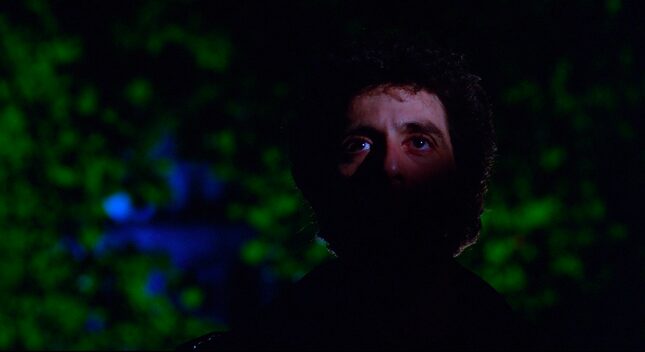

While it filmed in New York during the summer of 1979, gay activists tried to cancel Cruising. They made noise outside the film’s shooting locations, some going as far as to make their way into adjacent apartments so that the commotion was mere walls away. From rooftops, they pointed reflectors at the cast and crew to mess with the shoot’s lighting. The New York Times reported that on July 26, 1979, a gathering of about 1,000 people marched through Greenwich Village in protest of the film that the National Gay Task Force, a nonprofit group of activists, claimed “represents a gross distortion of the lives of gay men by portraying them as violent and sex‐obsessed.”
Members of the group had gotten their hands on its screenplay, which director William Friedkin had adapted from Gerald Walker’s 1970 novel of the same name about a serial killer stalking gay men. Ethan Geto, described by the Times as “a spokesman for an ad hoc group of homosexual activists opposed to the film,” compared the filming of Cruising in gay-heavy downtown New York to “the Ku Klux Klan making a movie about the black community on 125th Street in Harlem.”
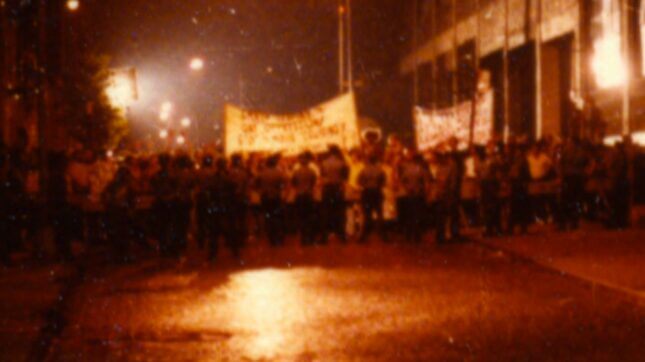
The groups had been riled up, apparently, by Village Voice writer Arthur Bell, who in his July 16 column, had issued a call to action over a movie that he said “promises to be the most oppressive, ugly, bigoted look at homosexuality ever presented on the screen… the worst possible nightmare of the most uptight straight. I implore readers… to give Friedkin and his production crew a terrible time if you spot them in your neighborhoods.” Later, according to Nathan Lee in a retrospective Voice piece in 2007 pegged to the movie’s DVD release, Bell bragged to critic Janet Maslin, “What the Declaration of Independence was to Jefferson, that column was to the gay community.”
In the summer of ’79, the cups of angry gays runneth over with exaggerated metaphors. By August, about two weeks after the thousand-person march, the National Gay Task Force had retracted a demand that the city deny the filmmakers permission to shoot in New York, admitting “its actions smacked of censorship,” according to the Times. Indeed, it did, but the protests’ motivation wasn’t irrational, per se. Gay representation was so rare in pop culture at the time that stakes were high. It’s not that gay people were incapable of doing terrible things to each other—gay people know this better than anyone—it’s that they were so rarely portrayed in mainstream pop culture, let alone mainstream pop culture produced by a major studio, helmed by one of the most respected directors of his time (whose The Exorcist was nothing short of a phenomenon), and carried by a bonafide movie star (in this case, Al Pacino).
Cruising threatened to poison the well by taking up disproportionate cultural space with a negative movie that probed the dangers of gay congregation and sex. Assuming audiences would be too stupid to know the difference between real life and a movie is its own ideological shortcoming, though given the rampant homophobia in American culture, the activists weren’t exactly irrational there either. It made a certain sense to assume that such a movie could somehow be weaponized against gay men.
-

-

-

-

-

-

-

-

-

-

-

-

-

-

-

-

-

-

-

-

-

-

-

-

-

-

-

-

-

-

-

-

-

-

-

-

-

-

-

-

